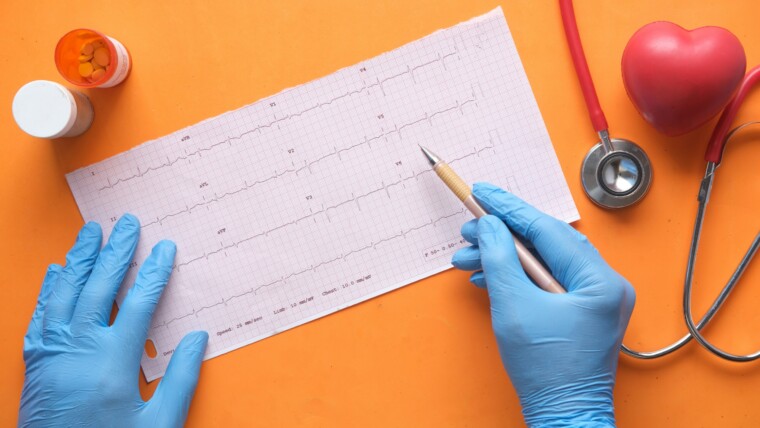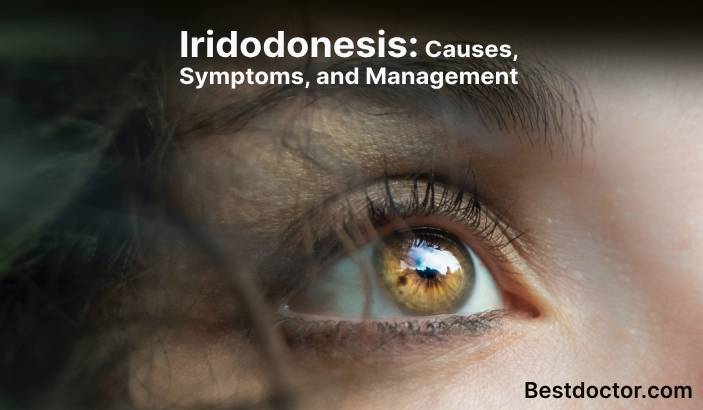Diabetic foot blisters occur in patients who have poorly controlled diabetes. Symptoms of diabetic blisters on the feet include itching, irritation, and are characterized by painless fluid-filled pockets. Most cases of diabetic foot blisters do not require treatment and may heal on their own. You can prevent diabetic foot blisters by taking good care of your feet.
What Are Diabetic Blisters?
Diabetes is a chronic condition that requires adequate management. Uncontrolled sugar levels in the blood may lead to various conditions collectively known as diabetes complications. Diabetic foot blisters are one of those disorders caused due to uncontrolled diabetes. Diabetic blisters are not a common occurrence. The occurrence of diabetic foot blisters in the United States is just 0.5%. Diabetic blisters are also known as diabetic bullae or bullous diabeticorum. Men are twice more susceptible to have diabetic blisters as compared to women. Although not a cause of concern, spotting a diabetic blister on feet, legs, and toes may cause stress in patients.
How Diabetic Blister Develops?
Blisters occur in patients with or without diabetes. People with poor control over the blood sugar are at high risk of developing blisters as compared to other people. When you suffer from diabetes and occurs blisters on foot then that condition is termed as diabetic blisters, unlike other people where the condition is termed blisters. Factors that increase the risk of developing blisters, especially in diabetic patients include;
- Shoes with abnormal fitting
- Diabetic neuropathy
- Peripheral artery diseases
- Fungal infections due to Candida albicans
- People sensitive to ultraviolet light
What Are The Symptoms Of Diabetic Blisters?
Although diabetic foot blisters do not occur frequently however, in some patients they may probably be the first symptoms of diabetes. People may develop blister even when they are prediabetic. Following are the symptoms of diabetic blisters;
- Painless
- Size less than 6 inches
- Irregular in shape
- Appear in clusters (rarely single blister occurs)
- Itching
- Filled with clear fluid without any sign of infection
What Is The Difference Between Diabetic Foot Ulcers And Diabetic Blisters?
Diabetic foot blisters may occur in patients with poorly controlled diabetes. However, there are differences between foot ulcers and diabetic blisters on feet based on appearance, complications, and treatment.
The blister is the fluid-filled pocket situated on the top layer of the skin. They are usually painless and generally heal of their own. A foot ulcer is a hole on the skin which may be depthless or may go deep into the skin and may involve bones and tendons.
Complications with blisters generally occur when it breaks while ulcers expose the internal skin is more prone to complications. Foot ulcer requires more aggressive treatment approach as compared to blisters. Complications due to foot ulcers are more severe as compared to diabetic blisters.
[Also Read: Causes of bump on bottom of foot]
What Are The Treatment Options For Diabetic Blisters?
Most cases of diabetic blisters heal on their own and do not require treatment. The treatment strategy for diabetic blisters is directed to reduce complications. Following are the treatment options for diabetic blisters;
- Avoid poking of the blisters as this may increase the risk of infection.
- Saline compresses help in reducing itching and irritation caused due to blisters.
- Medications such as steroids or antibiotics are applied to blisters to reduce symptoms and prevent infection.
- If the blister grows in size, the fluid can be drained through the aseptic technique.
- Bandaging can be done to prevent the rupture of blisters.
What Are The Methods Of Preventing Diabetic Foot Blisters?
As the saying goes “Prevention is better than cure”, various measures can be followed to prevent the occurrence of diabetic foot blisters such as;
- In patients with diabetic neuropathy, diabetic blisters in feet may go unnoticed. Thus, the patient should frequently inspect the feet.
- Wear perfectly fit shoes to prevent pressure on tissues.
- Wear shoes and socks to avoid foot injury.
- While doing works such as cutting or gardening, always wear protective gloves to prevent injury.
- Avoid exposure to UV rays by limiting your solar exposure or applying a quality sunscreen.
- In case there is a foot problem, immediately book an appointment with your doctor to get treatment at an early stage.
What Are The Complications Of Diabetic Foot Blisters?
Diabetic blisters, if treated properly, does not cause any complications. Few complications may occur due to improper management of diabetic foot blisters such as;
Risk Of Infection
If the blisters get ruptured, chances of developing infection get increased.
Risk Of Progression
Poorly treated diabetic blisters may progress to cause foot ulcers. Foot ulcers require more aggressive treatment. If you have redness and swelling in blisters, immediately contact your doctor.
Risk Of Amputation
Foot ulcers are not easy to treat. The absence of proper treatment regimens may lead to the amputation of the affected organ.
What Are The Sites Of Occurrence Of Diabetic Blisters?
The most common sites for diabetic blisters are feet, legs, and toes. Diabetic blisters may also occur on arms, hands, and fingers.

Rohit Jain is an IPR Specialist and Medical Content Writing Expert. For over a decade, he has written several articles in the areas of female infertility, Erectile dysfunction, hemangioma, cervical cancer, monoclonal gammopathy of undetermined significance, mononucleosis, mitral valve disorder, shin splints, mild cognitive impairment, cellulitis, lymphoma, sepsis, cardiac rehabilitation and more.








Why Indian Doctors Are Chosen By The UK NHS?
Norovirus – Symptoms, Treatment & Precautions
Understanding Normal Resting Heart Rate in Men and Women
5 Things to Learn about a Dentist before Choosing Them